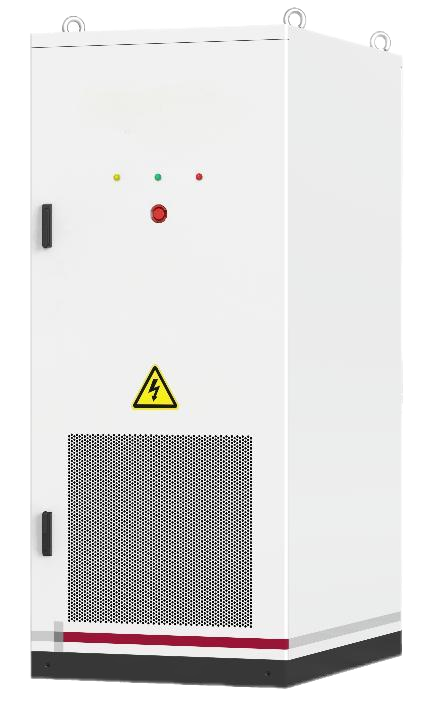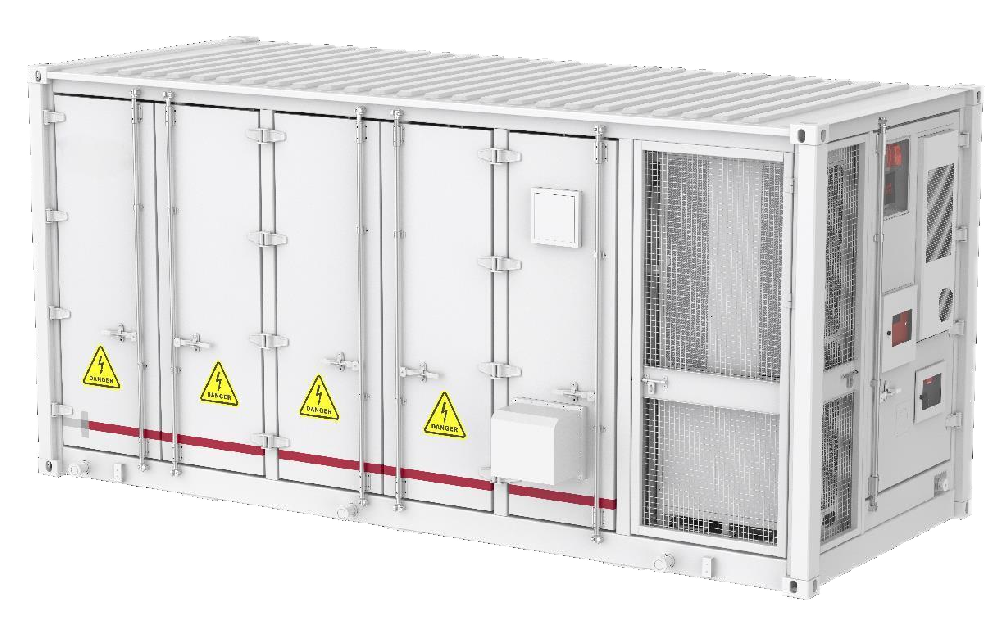In simple terms, energy storage mainly refers to the storage of electrical energy. As mentioned above, electrical energy is generally generated and consumed simultaneously in most cases, mainly because it is not easy to store electrical energy directly. To store electrical energy, it must be converted into other forms of energy for storage, and then converted back into electrical energy when needed. This leads to issues such as complexity, high cost, and low efficiency in energy storage technologies.
The purpose of energy storage is to use the stored electrical energy as a flexible energy source. It stores energy when the grid load is low and outputs energy when the grid load is high, which is used for peak shaving and valley filling in the grid.
Currently, electrical energy can only be stored in special cases, and the global installed capacity of energy storage power sources is approximately 90GW (GW stands for gigawatt, 1GW = 1000MW), accounting for about 3% of the global total installed capacity.
Equipping the power system with energy storage systems or devices is similar to giving a mobile phone a power bank. It stores electricity ahead of time to prepare for unexpected needs. Therefore, an energy storage system or device can be likened to a super "power bank."
The Fengning pumped storage power station in Hebei, which was recently commissioned by the State Grid, is currently the world's largest pumped storage power station in terms of installed capacity, energy storage capacity, and the scale of its underground powerhouse.


 Residential
Residential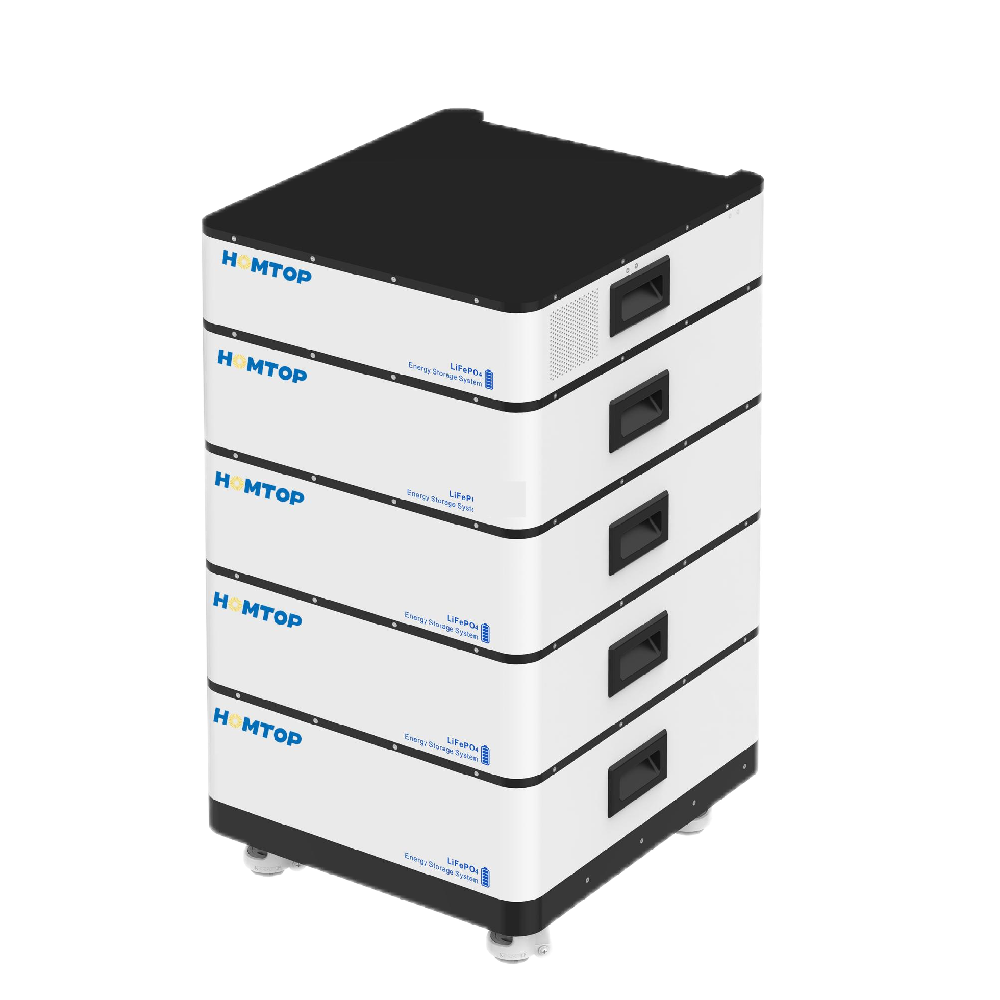
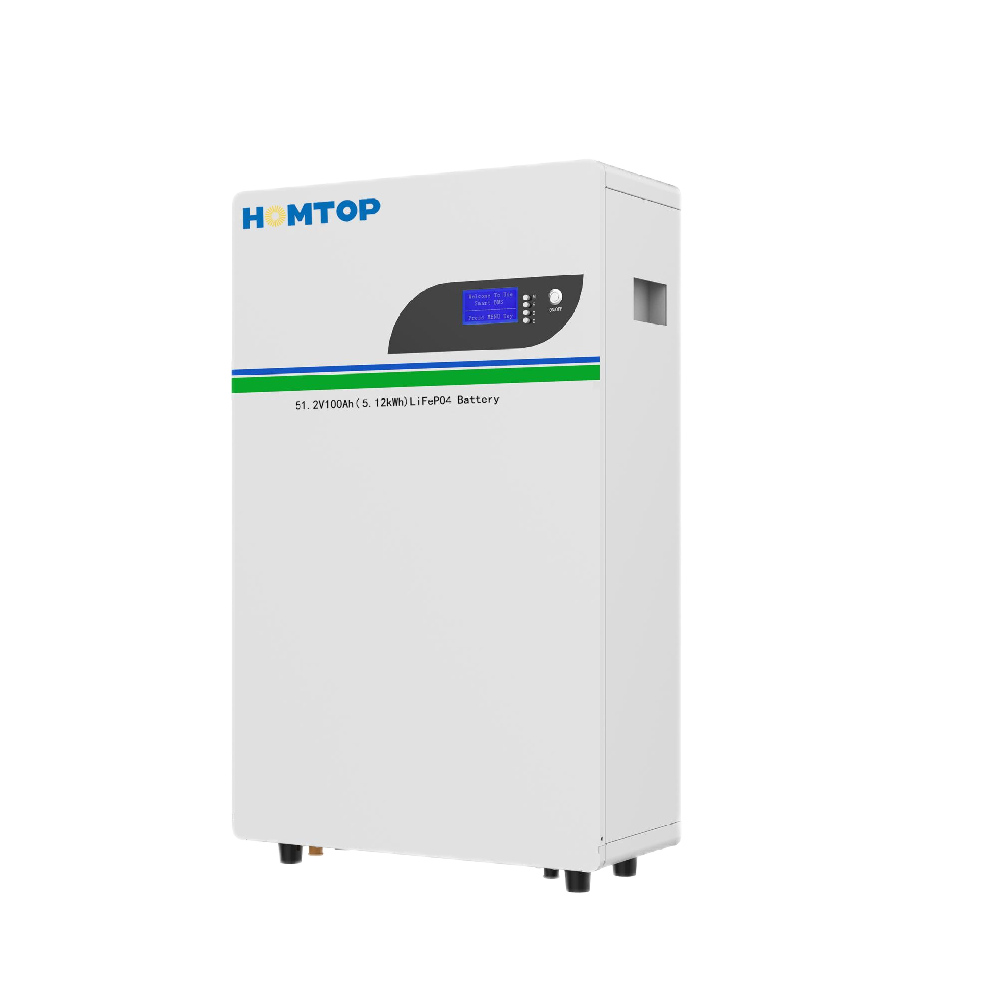
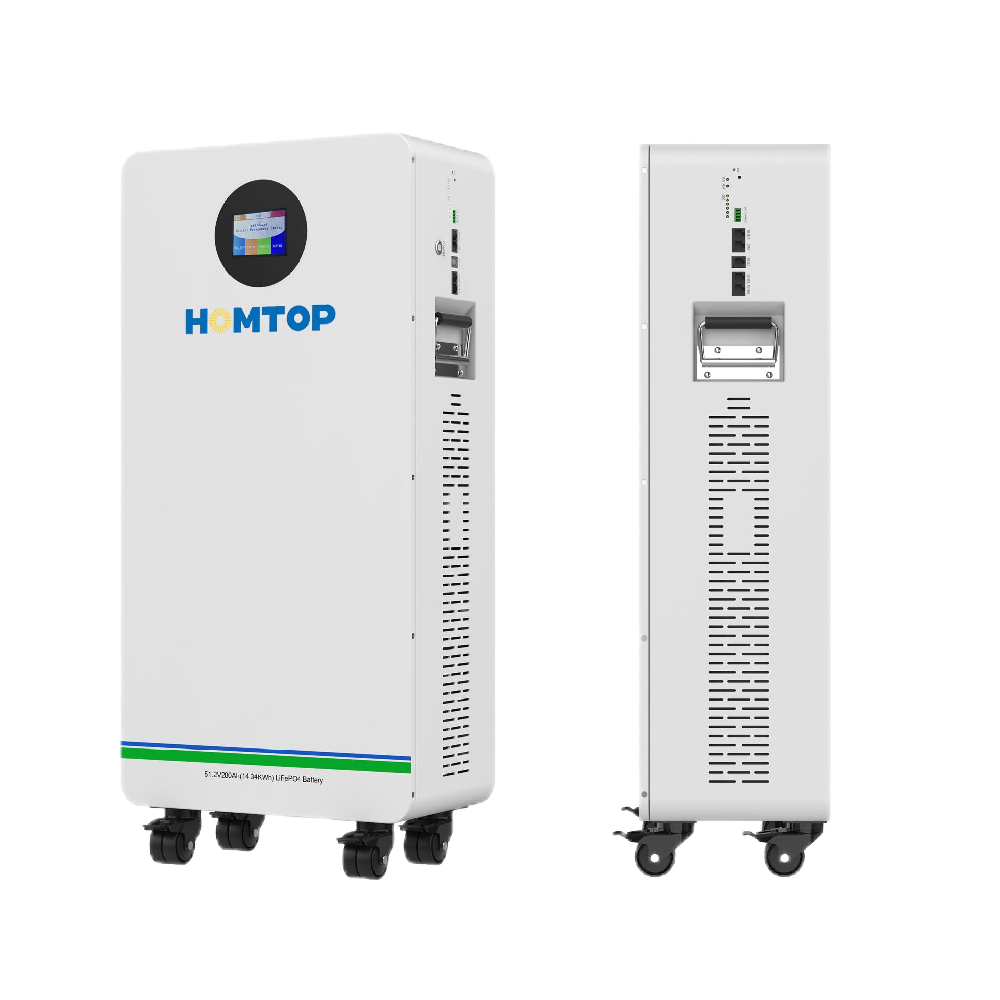
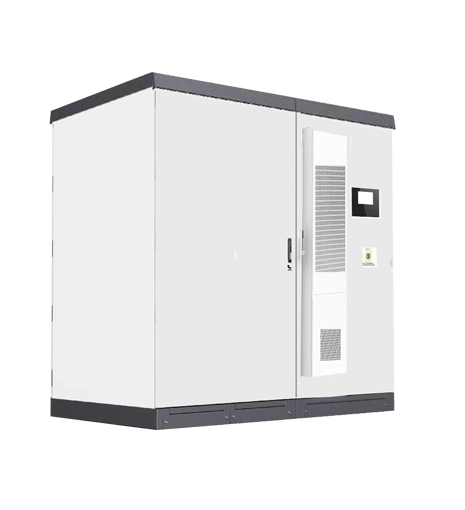
 Commercial & Utility
Commercial & Utility